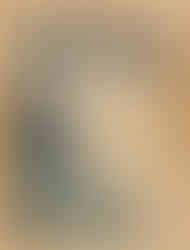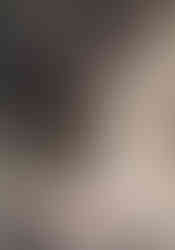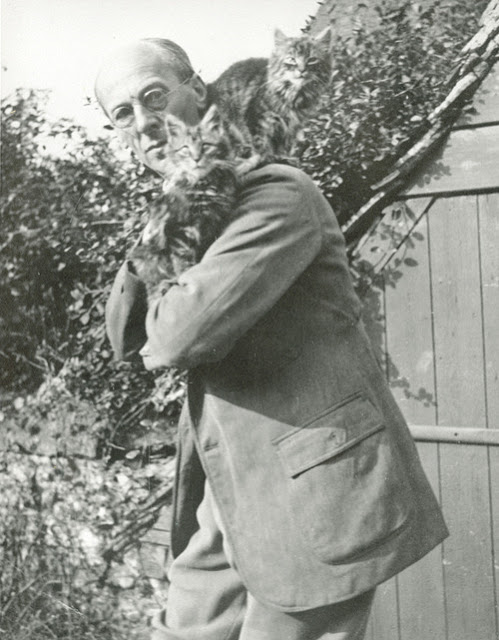
Arthur Rackham RWS, born 19 September 1867, was an English book illustrator. He is recognised as one of the leading literary figures during the golden age of British book illustration. His work is noted for its robust pen and ink drawings, which were combined with the use of watercolour, a technique he developed due to his background as a journalistic illustrator.
Rackham was born at 210 South Lambeth Road, Vauxhall, London as one of 12 children. In 1884, at the age of 17, he was sent on an ocean voyage to Australia to improve his fragile health, accompanied by two aunts. At the age of 18, he worked as a clerk at the Westminster Fire Office and began studying part-time at the Lambeth School of Art.
In 1892, he left his job and started working for the Westminster Budget as a reporter and illustrator. His first book illustrations were published in 1893 in To the Other Side by Thomas Rhodes, but his first serious commission was in 1894 for The Dolly Dialogues, the collected sketches of Anthony Hope, who later went on to write The Prisoner of Zenda. Book illustrating then became Rackham's career for the rest of his life.
By the turn of the century, Rackham had developed a reputation for pen and ink fantasy illustration with richly illustrated gift books such as The Ingoldsby Legends (1898), Gulliver's Travels and Fairy Tales of the Brothers Grimm (both 1900). This was developed further through the austere years of the Boer War with regular contributions to children's periodicals such as Little Folks and Cassell's Magazine.
In 1901 he moved to Wychcombe Studios near Haverstock Hill, and in 1903 married his neighbour Edyth Starkie. The couple had one daughter, Barbara, in 1908.

James Stanley Hamilton summarised his article on Rackham in the Oxford Dictionary of National Biography thus: "Rackham brought a renewed sense of excitement to book illustration that coincided with the rapid developments in printing technology in the early twentieth century. Working with subtle colour and wiry line, he exploited the growing strengths of commercial printing to create imagery and characterizations that reinvigorated children's literature, electrified young readers, and dominated the art of book illustration at the start of a new century."
Rackham's illustrations were chiefly based on robust pen and India ink drawings. Rackham gradually perfected his own uniquely expressive line from his background in journalistic illustration, paired with subtle use of watercolour, a technique which he was able to exploit due to technological developments in photographic reproduction. With this development, Rackham's illustrations no longer needed an engraver (who lack Rackham's talent) to cut clean lines on a wood or metal plate for printing because the artist merely had his works photographed and mechanically reproduced.
Although acknowledged as an accomplished black-and-white book illustrator for some years, it was the publication of his full colour plates to Washington Irving's Rip Van Winkle by Heinemann in 1905 that particularly brought him into public attention, his reputation being confirmed the following year with J.M.Barrie's Peter Pan in Kensington Gardens, published by Hodder & Stoughton.
Rackham's processes would start first with lightly block in shapes and details of the drawing with a soft pencil, for the more elaborate colour plates often utilising one of a small selection of compositional devices. Over this, he would then carefully work in lines of pen and India ink, removing the pencil traces after the drawing had begun to take form. For colour pictures, Rackham preferred the 3-colour process or trichromatic printing, which reproduced the delicate half-tones of photography through letterpress printing. He would begin painting by building up multiple thin washes of watercolour creating translucent tints. One of the disadvantages of the 3-colour (later 4-colour) printing process in the early years was that definition could be lost in the final print. Rackham would sometimes compensate for this by over-inking his drawings once more after painting. He would also go on to expand the use of silhouette cuts in illustration work. Rackham's work is often described as a fusion of a northern European 'Nordic' style strongly influenced by the Japanese woodblock tradition of the early 19th century.
From 1906 Rackham and his family lived in Chalcot Gardens, near Haverstock Hill. Below is Arthur Rackham in his studio at Chalcot Gardens during work on "Peter Pan in Kensington Gardens". From an interview in Pall Mall magazine, February 1906, photographed by Reginald Haines.

"Rackham was, without doubt, one of the finest illustrators of the century."
- John Sutherland
Arthur Rackham is widely regarded as one of the leading illustrators from the 'Golden Age' of British book illustration which roughly encompassed the years from 1890 until the end of the First World War. During that period, there was a strong market for high quality illustrated books which typically were given as Christmas gifts. Many of Rackham's books were produced in ade luxe limited edition, often vellum bound and usually signed, as well as a smaller, less ornately bound quarto 'trade' edition. This was sometimes followed by a more modestly presented octavo edition in subsequent years for particularly popular books.
Income from the books was greatly augmented by annual exhibitions of the artwork at the Leicester Galleries. Rackham won a gold medal at the Milan International Exhibition in 1906 and another one at the Barcelona International Exposition in 1912. His works were included in numerous exhibitions, including one at the Louvre in Paris in 1914. The onset of the war in 1914 curtailed the market for such ornate books as Rackham's, and the public's taste for fantasy and fairies also declined in the 1920s.
Mr. Rackham stands apart from all the other illustrators of the day; his genius is so thoroughly original. Scores of others have depicted fairyland and wonderland, but who else has given us so absolutely individual and persuasively suggestive a vision of their marvels and allurements? Whose elves are so elfish, whose witches and gnomes are so convincingly of their kind, as Mr. Rackham's?".
- M.C. Salaman
The family moved from London to Houghton, West Sussex in 1920. In 1929 the family settled into a newly built property in Limpsfield, Surrey. Arthur Rackham died in 1939 of cancer at his home.
Arthur Rackham's works have become very popular since his death, both in North America and Britain. His images have been widely used by the greeting card industry and many of his books are still in print or have been recently available in both paperback and hardback editions. His original drawings and paintings are keenly sought at the major international art auction houses.
Reading Recommendations & Content Considerations
A Life with Illustrations Illustrated by
James Hamilton Arthur Rackham












































































































































































Comentarios